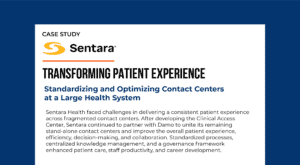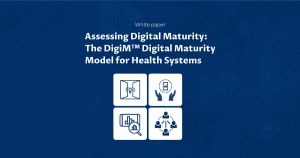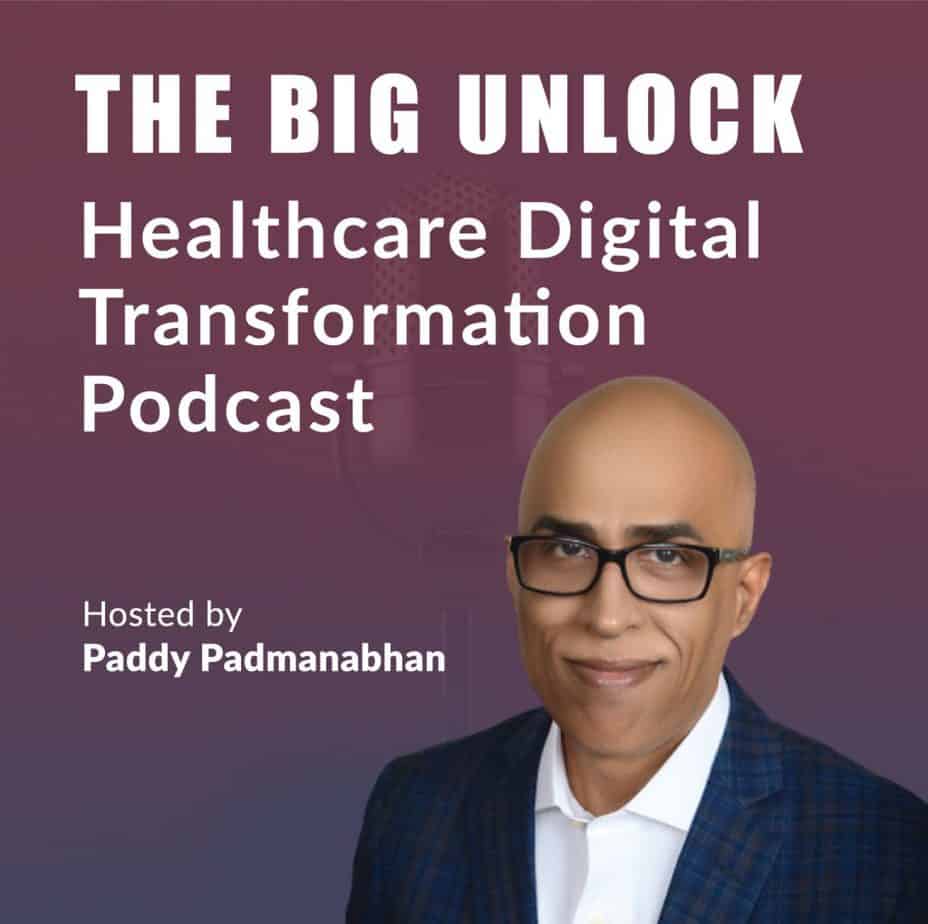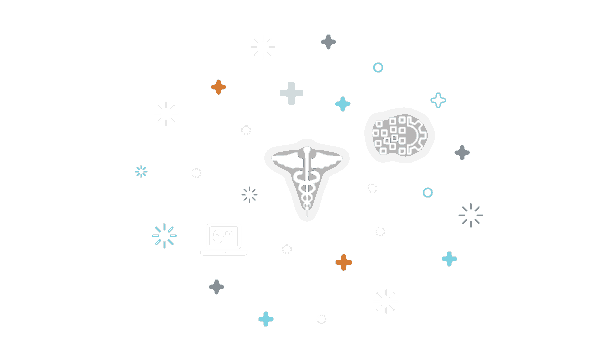How to Define a Model (and an Imperative) for a National Healthcare Analytics Backbone

A friend who is the chief information officer of a large health system recently suffered a heart attack while competing in a race at a national level. As soon as he felt the heart attack coming on, he checked into the medical tent and was then expedited to a nearby hospital. At the hospital, the clinicians were ready and waiting for him. He recalled that as he lay on a bed and watched a stent go into his chest on a video monitor, he could feel his blood flow being restored and his muscles “fill and dance.” They discharged him the next day. I met him a couple of days later, and he told me he felt so good that he was already planning his next race. Considering the alternate scenarios that could have easily played out, my friend was very lucky.
It’s a simple fact today that much of our essential healthcare data resides in proprietary systems. Patients see multiple physicians, with data residing in multiple locations and platforms. There is no intelligent way today to adjudicate all of the data across all stages of a patient’s healthcare journey. The need for intelligent data integration processes has never been more acute. Consider that data are the oil that will grease the engines driving the transition toward value-based care, and yet health systems are struggling to integrate data within their own enterprises, and even then, it’s locked away from other sectors of healthcare behind proprietary standards.
>> LISTEN: The Hunt for the Orangeworm Hackers
“Data is at the center of all decision-making and all efforts to improve healthcare,” says Keith Dunleavy, MD, chairman and CEO of Inovalon, a cloud-based data analytics company that recently announced the $1.2 billion acquisition of ABILITY Network, which is another cloud-based analytics solution provider with a network of more than 43,000 connected sites of care comprising acute, post-acute, and ambulatory providers.
In a recent podcast, we discussed the massive scale of the problem. First, there are the different types of data, including claims data, clinical data, patient-reported data, patient behavioral data (whether a patient is following a recommended treatment, for example), data from medical devices and wearables, and even genetic marker data. Now, consider that the average patient typically has data residing in 12 separate technology systems within their healthcare universe and that these systems could be anywhere in the country. Data could reside in very sophisticated, cloud-based architecture, or it could live in a very basic diagnostic laboratory system.
So what needs to happen in the middle of all this data disparity and information silos? Our discussion centered on 4 key components.
1. The technological capability to connect and aggregate massive amounts of data.
2. The ability to analyze that data in petabyte volumes at incredibly high speeds.
3. The ability to take the analysis from that compute and drive meaningful impact in the marketplace, at the point of care.
4. The ability to take all of that impact and summarize it into data visualization and reporting and processes that are necessary for the back-end of healthcare to operate and be strategically directioned.
It’s these 4 capabilities that enable what is referred to often in healthcare as the transformation from a volume-driven healthcare market to a value-driven healthcare market.
The Case for a National Analytics Backbone
This digital transformation to value-based healthcare is driven by the need for greater patient engagement, caregiver enablement, and increased operational efficiencies in health systems. But it will depend on a set of strategic enablers, one of which is a robust data and analytics capability. In an era of standalone electronic health records (EHR) systems and rapidly emerging new sources of data, and where healthcare technology solution providers look just as fragmented as the health systems, healthcare will need an entirely new model for data integration and analytics. Call it a national analytics backbone—one that can potentially fill gaps left by existing siloed systems.
What interested me the most about my friend’s medical incident was that even though he had traveled to a different state, the clinicians on duty could easily view his medical records through a data-sharing network enabled by the same EHR system where his original medical records currently reside. The instantaneous access to his medical records may have had a large role to play in the precious few minutes in which his doctors had to decide how to treat him.
My friend was lucky that the hospital where he found himself was using the same EHR as his own health system. The outcome of his care could have been very different had he ended up in a different hospital with a different EHR system that was not interoperable with its competitor. It’s possible that a national analytics backbone will help others like my friend avoid premature encounters with the “widow maker.”
Originally published on INSIDEDigitalHealth.com

